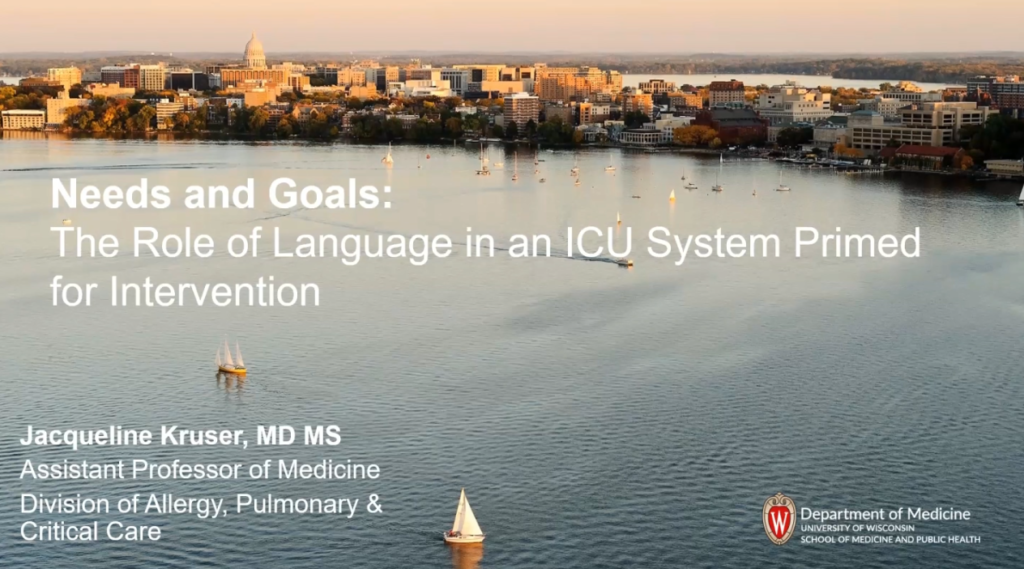Dr. Deborah Stein is the Chief of Trauma at the R Adams Cowley Shock Trauma Center, Medical Director of the Neurotrauma Intensive Care Unit at STC, and an expert in renal replacement therapy – To be honest that barely touches her level of expertise, and we’re not really sure what she can’t do… In this session, Dr. Stein breaks down some advanced concepts related to continuous renal replacement therapy (CRRT) and at the end, introduces a novel extracorporeal therapy for acute liver failure – MARS (Molecular Adsorbent Recirculating System).
Podcast: Play in new window | Download
Subscribe: Apple Podcasts | RSS
Written Summary by Dr. Neil Christopher
Modalities of RRT
- Intermittent hemodialysis (IHD) – rapid removal, minimal breaks in therapy, low cost BUT can cause hypotension, dialysis disequilibrium, catabolism, & cerebral edema
- Cerebral edema – diffusion of CO2 with bicarbonate creates an intracellular acidosis which increases water uptake by the brain
- CRRT – continuous removal, preserves hemodynamic stability, simple BUT expensive
- Peritoneal Dialysis – simple, low cost, hemodynamic stability BUT limited volume removal, risk for peritonitis
- Cochrane Review – No mortality benefit for CRRT over IHD
- BUT – trials rarely included hemodynamically unstable patients. There was significant heterogeneity in patient characteristics, had variable mortality and did not consider subgroups that may specifically benefit from CRRT
Advanced Concepts in CRRT
- AKI results in a stepwise increase in relative risk of death when going from risk->injury->failure
- Indications for renal replacement therapy (RRT) – life threatening changes in fluid, electrolyte and acid-base balance
- Not a BUN /creat cut off – consider trends and broader clinical context
- Alternative indications – Severe Sepsis / Rhabdomyolysis
- Convection vs. Diffusion
- Convection moves solutes through filter across pressure gradient (solute drag)
- Diffusion moves solutes through filter down concentration gradient
- Adsorption – Molecules can Adsorb to the filter – Polyacrylonitrile (high adsorption)
- Can be an additional modality for solute removal
- Filter Flux – determined by CRRT filter pore size. In general, high-flux membranes have larger pores, that allow more solutes and ultrafiltrate to move across the membrane.
- Sieving coefficient is capacity of solute to pass through filter (Sc = Concentration in ultrafiltrate / concentration in plasma)
- Determined by Molecular weight, protein binding, filter porosity, adsorption onto filter
- High Sc = freely filtered
- Clinical relevance: Antibiotics and other therapies’ dosing regimens dosing may be significantly impacted by RRT.
- Filtration Fraction = amount of ultrafiltrate removed relative to plasma flow
- Higher FF can lead to clotting, while lower FF can result in excessive shearing forces/hemolysis from higher flow of plasma
- Higher FF results in a decreased Sieving coefficient
- Substitution fluid – PRE vs. POST
- PRE-dilution is theoretically less efficient – solutes diluted prior to their removal
- POST-dilution leads to increased viscosity / shear within filter which limits ultrafiltrate production (25% of Qb)
- PRE-dilution is practically more effective, not limited by filter constraints
Clinical Considerations
- Timing – early vs. late initiation of CRRT – no significant benefit in mortality
- Dose of RRT – measured by Kt/V or URR
- Kt/V of 3.9/week roughly equivalent to delivered effluent volume of 20-25ml/kg/h (actual given dose is usually higher to compensate for downtime)
- There does not appear to be a clinical benefit to higher RRT dosing
- Septic patients – higher dose of CRRT may be needed (?clearance of cytokines) – but not supported by evidence (IVOIRE trial)
- From a practical standpoint, higher RRT dosing of 35-40 mL/kg/h may lead to an effective 20-25 mL/kg/hr dosing when accounting for circuit change (down time)
- Anticoagulation
- Trisodium Citrate
- Preferred anticoagulant
- Beware, can cause severe hypocalcemia, hyperkalemia, and metabolic acidosis
- Alternatives – heparin, bivalirudin
- Trisodium Citrate
- Vascular Access
- Right internal jugular > femoral vein > left internal jugular
- Avoid the subclavian vein in patients who may need chronic HD, avoid femoral in patients likely to get transplant – large indwelling vascular catheters can cause significant scarring & stenosis.
- See: Vascular Access in Renal Replacement Therapy
- Discontinuation
- Spontaneous urine output > 400cc/day, correction of metabolic derangements, stable fluid balance
- Look at the effluent bag!! If ultrafiltrate still looks like urine, the patient still probably needs CVVH
Molecular Adsorbent Recirculating System (MARS)
- Liver – largest organ in body – 1.5L/min blood flow – multiple functions
- Acute hepatic failure – sickest patients in the ICU
- 27% survival rate in hyper-acute failure and 7% in acute failure
- Mortality due to cerebral edema and sepsis
- Treatments are completely based on supportive care
- Liver Dialysis
- Based on HD – charcoal filter, albumin containing dialysate, diffusion based clearance
- Removes toxins, improves cardiovascular function, improves encephalopathy
- SPAD – single pass albumin dialysis – CRRT with albumin as ultrafiltrate – uses a lot of albumin
- MARS – albumin recycled through circuit – in series with CRRT circuit
- Hepatassist – Filter filled with liver cells (porcine)
- Evidence for use is sparse
- Multiple small studies show – improved biomarkers, CV parameters, CNS symptoms – No survival benefit (RELIEF trial)
- See previous post by Dr. Adam Brenner – http://marylandccproject.org/education/extracorporeal-liver-support/
Suggested Reading
- Bagshaw SM, Berthiaume LR, Delaney A, Bellomo R. Continuous versus intermittent renal replacement therapy for critically ill patients with acute kidney injury: a meta-analysis. Crit Care Med. 2008;36(2):610-7. [PubMed Link]
- KDIGO guidelines on Acute Kidney Injury
- Galvagno SM, Hong CM, Lissauer ME, et al. Practical considerations for the dosing and adjustment of continuous renal replacement therapy in the intensive care unit. J Crit Care. 2013;28(6):1019-26. [PubMed Link]
- Rabindranath K, Adams J, Macleod AM, et al. Intermittent versus continuous renal replacement therapy for acute renal failure in adults. Cochrane Database Syst Rev. 2007 Jul 18; 18(3). [PubMed Link]
- Clark E, Molnar AO, Joannes-boyau O, Honoré PM, Sikora L, Bagshaw SM. High-volume hemofiltration for septic acute kidney injury: a systematic review and meta-analysis. Crit Care. 2014;18(1):R7. [PubMed Link]
- Karvellas CJ, Gibney N, Kutsogiannis D, Wendon J, Bain VG. Bench-to-bedside review: current evidence for extracorporeal albumin dialysis systems in liver failure. Crit Care. 2007;11(3):215. [PubMed Link]
- Bañares R, Nevens F, Larsen FS, et al. Extracorporeal albumin dialysis with the molecular adsorbent recirculating system in acute-on-chronic liver failure: the RELIEF trial. Hepatology. 2013;57(3):1153-62. [PubMed Link]



